Sharing the results from my latest Moth Trap Session. I have written posts about setting up a moth trap and on collecting the results if you want some more background info on how and why I use a Moth Trap

Date: 2nd July 2021
Weather:
I missed trapping last week as the weather turned cooler and wetter, which isn't ideal really for Moth Trapping. I have chosen to light-up tonight though, partly because it was a bit warmer today, but mostly because the next 4 days are forecast to be very wet. Thunderstorms are forecast about 4am in the morning, so I will need to keep an eye on the skies tonight in case the rain arrives earlier than expected.
It generally feels quite muggy out there at the moment and there is a gentle but persistent breeze from the South-East so lets see what the moth gods reward me with this time...
Results: 51 moths of 30 species
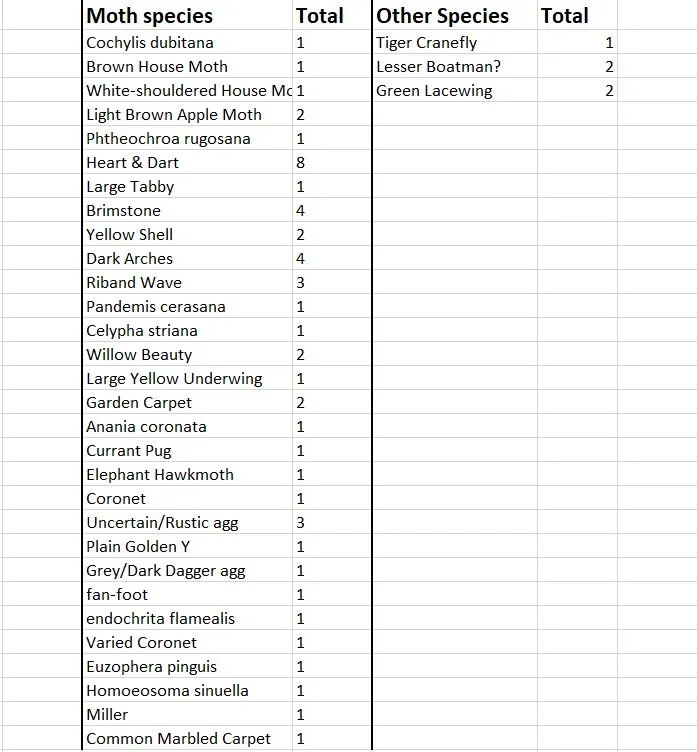
Summary of Results:
It was a very slow start to be honest. July and August is the peak time for looking for moths, and I was feeling a bit... um... underwhelmed. First in was a pokey little Tortrix moth
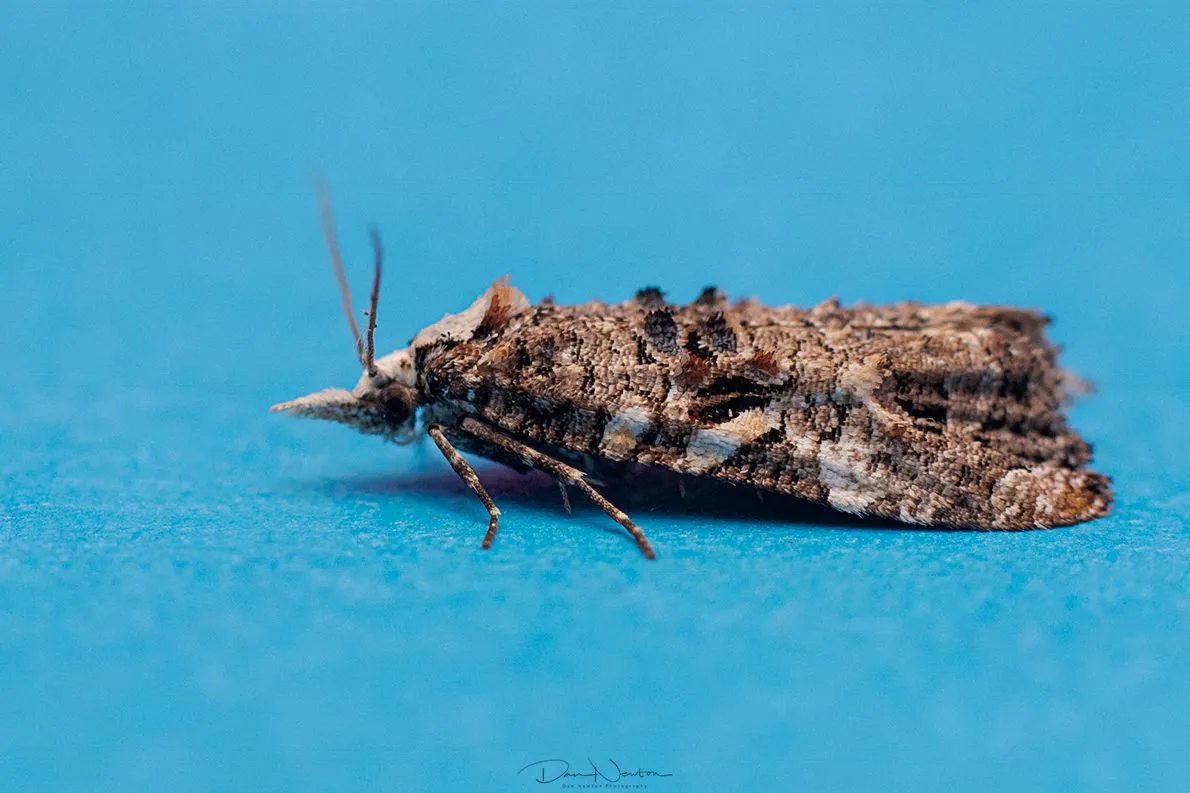
Phtheochroa rugosana
Its markings (ie the patterns on its wings) look quite funky, and presumambly the random mottled pattern helps to camouflage when it is at rest during the day
and then another different Tortrix Moth:
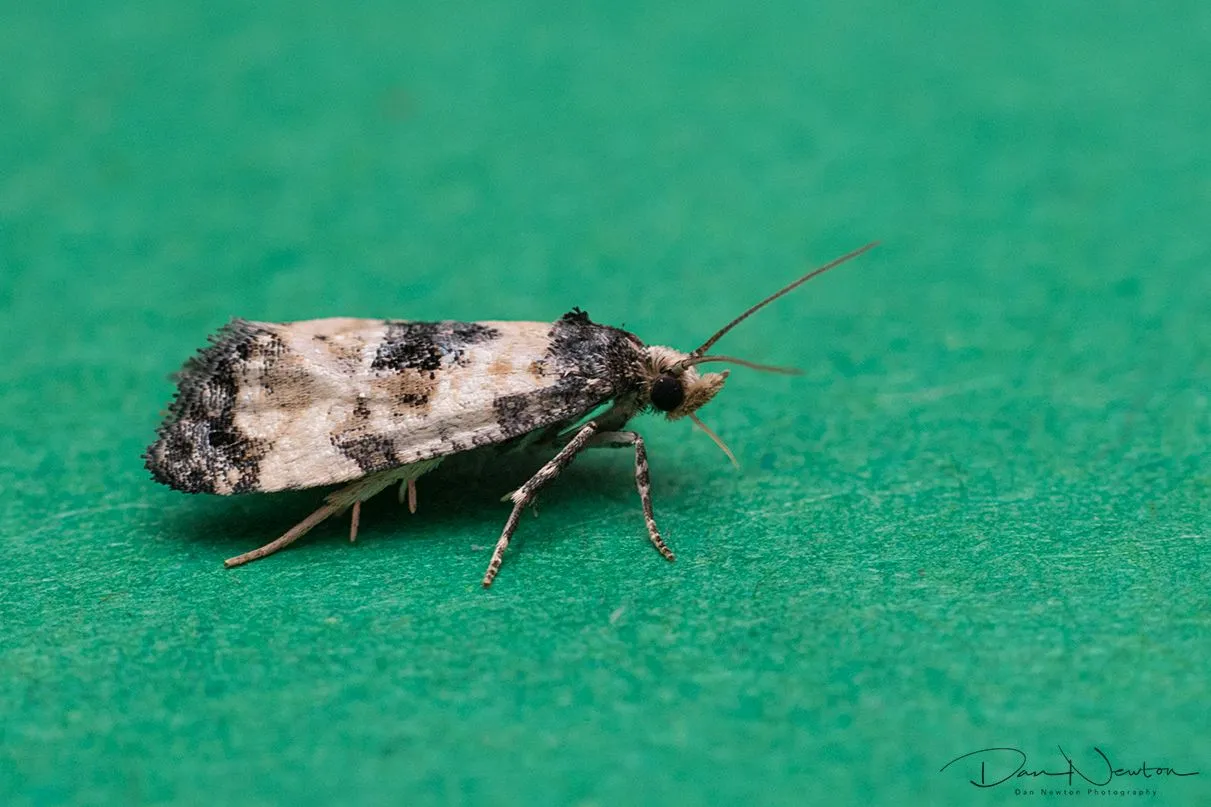
Cochylis dubitana
It wasn't until midnight when the activity levels around the trap started to increase and I was able to start looking at some bigger and more interesting species...

Plain Golden Y - Autographa jota
...such as this Plain Golden Y.
and then I spotted this Grey/Dark Dagger:
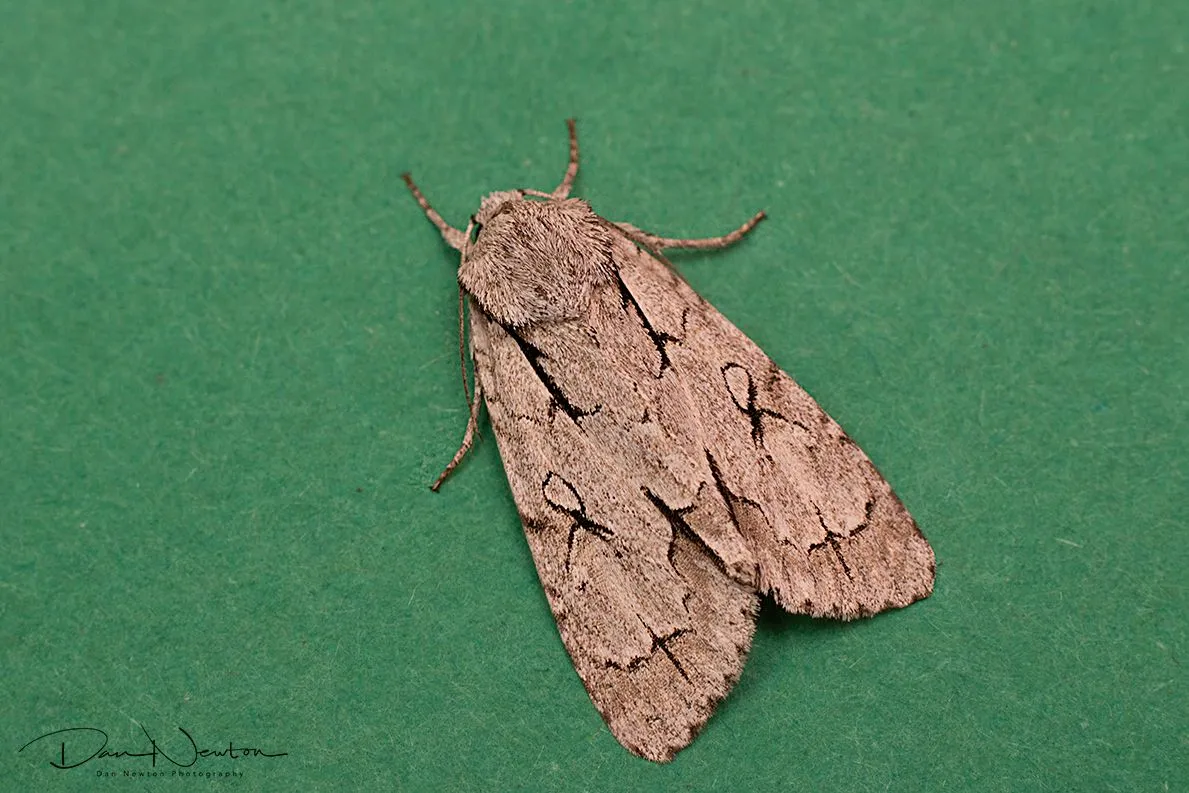
In reality there are 2 species of moths which look very similar: the Grey Dagger (Acronicta psi) and the Dark Dagger (Acronicta tridens), but they look so similar that you can't tell them apart from the naked eye. The caterpillars for each species look different, but the adult form is identical. This means that for most moth recorders (and most moth records) the species is recorded as a Grey/Dark Dagger (Acronicta psi agg)
Next up was this Varied Coronet, with very distinctive (and attractive) black and white patterns on its wings.
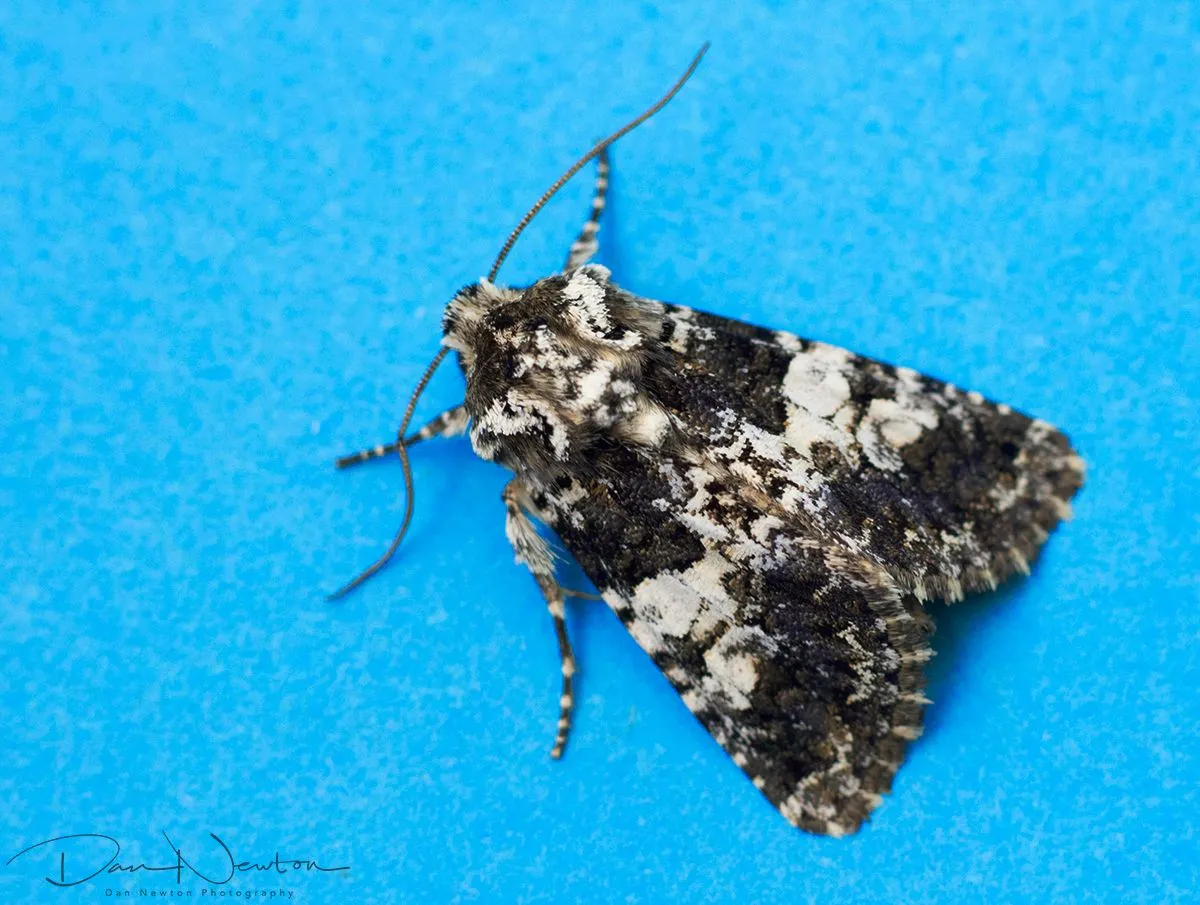
Varied Coronet - Hadena compta
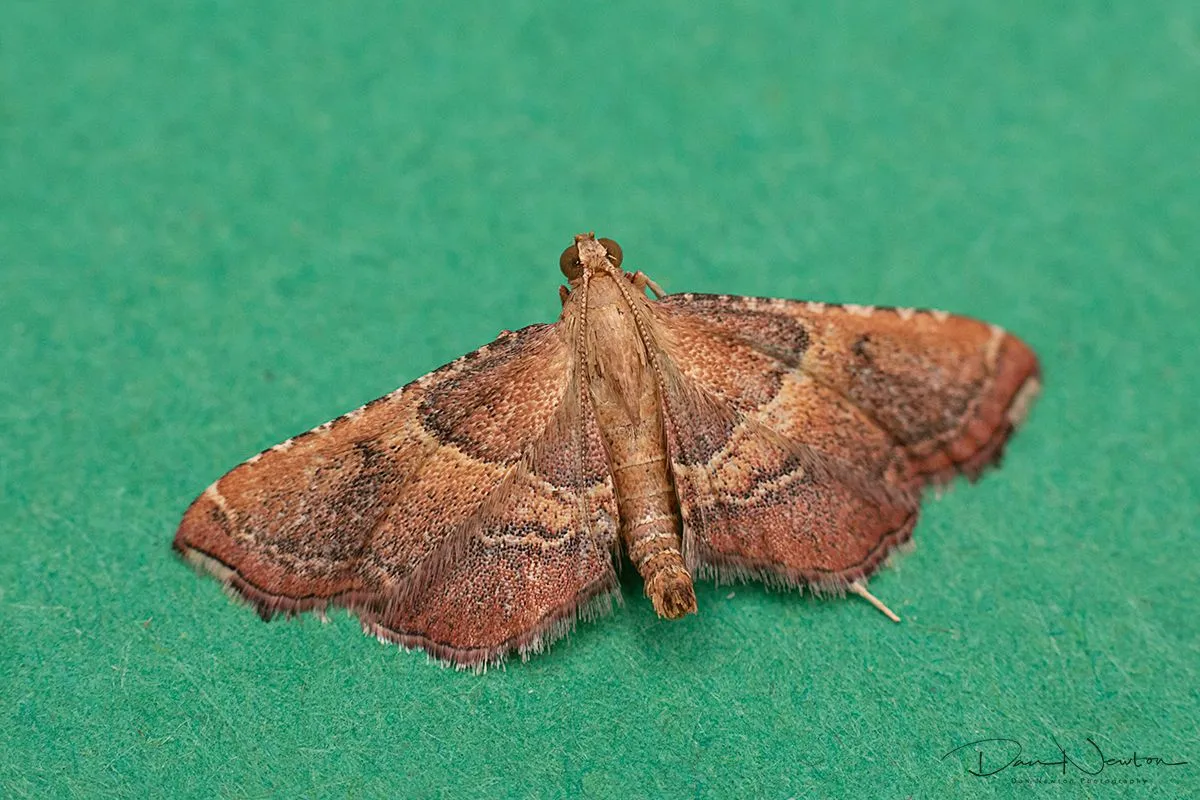
And right near the end of the session I saw this smart-looking little micro moth. It is Endotricha flammealis, and although it my not look like much compared to the larger species, it is special to me.
When I first stsrted looking at Moths 5 or 6 years ago, I only had a bright torch and a white sheet. On that very first session, I attracted only one species of moth, and it turned out to be this one! Since then this species has always been important, and when it appears for the first timeceach year it always makes me smile
Bonus picture for this week:
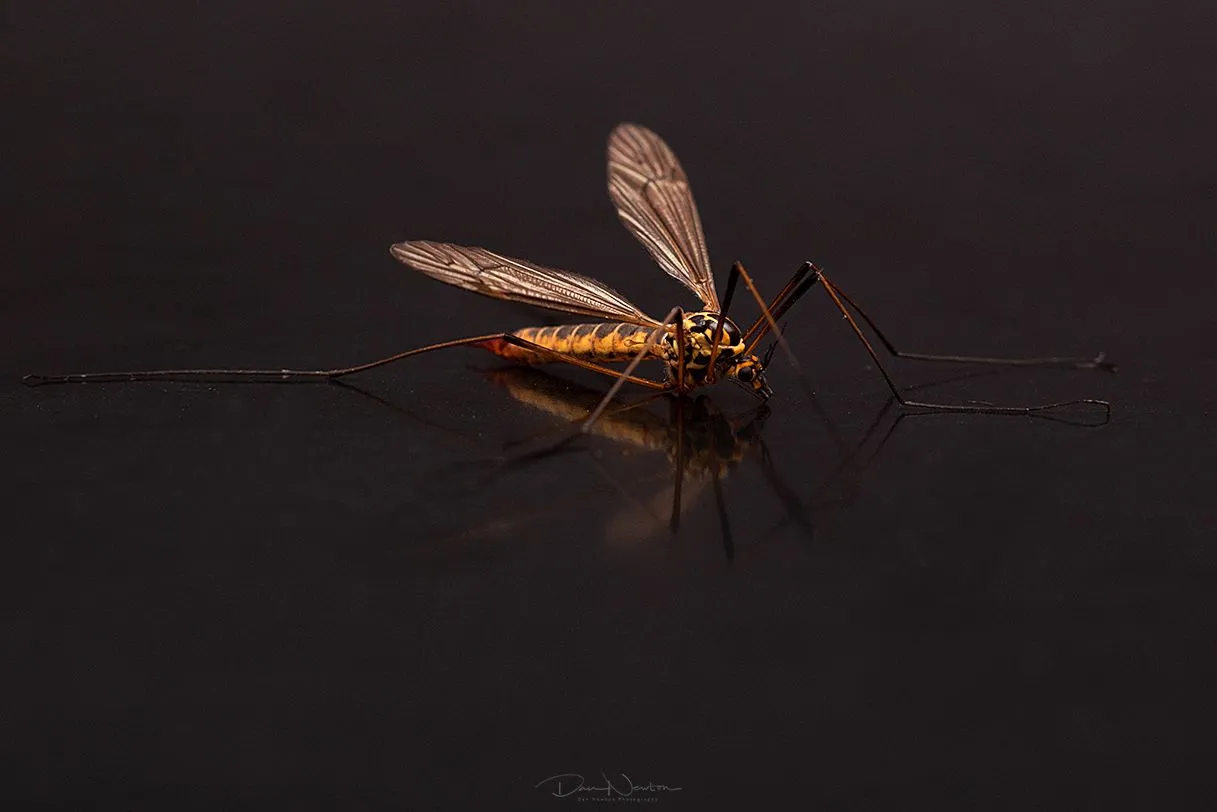
Tiger Cranefly - Nephrotoma sp
These Craneflies are quite large (with a legspan of up to 2 inches across) and becuase of this they are very awkward and clumsy fliers. They look a bit ungainly in these pictures to be honest, but nevermind. Most of the craneflies are a dull brown colour, but some of these Nephrotoma species are quite striking with yellow and black stripes.
I think I'll end the session there to be honest, I have managed to see a range of interesting stuff (eventually lol) and although the rain hasn't started yet, it is definitely on its way. It is probably wise to pack the trap away before the rain hits and not during the thunderstorm as usual
So thanks for reading etc and I'll be back next week with some more magnificent moths!
Notes on Pictures: Since I started moth trapping 4 years ago, I have been slowly building up collection of Library Images. The idea being that once I have taken a picture of a particular species of Moth, I don't need another picture of the same species a year later. It’s a waste of time and energy. I only take pictures of new species, or of moths that are difficult to ID, so I can get the records verified.
While in my care, all individuals are looked after, and after Photographs have been taken, they are all released safely outside.
All names confirmed and checked via Wikispieces and UKMoths

If you have any thoughts or opinions on this article then I'd love to see your comments.
And if you really like the content then maybe you would like to upvote or re-hive it.

Check out my website for more of my work.

